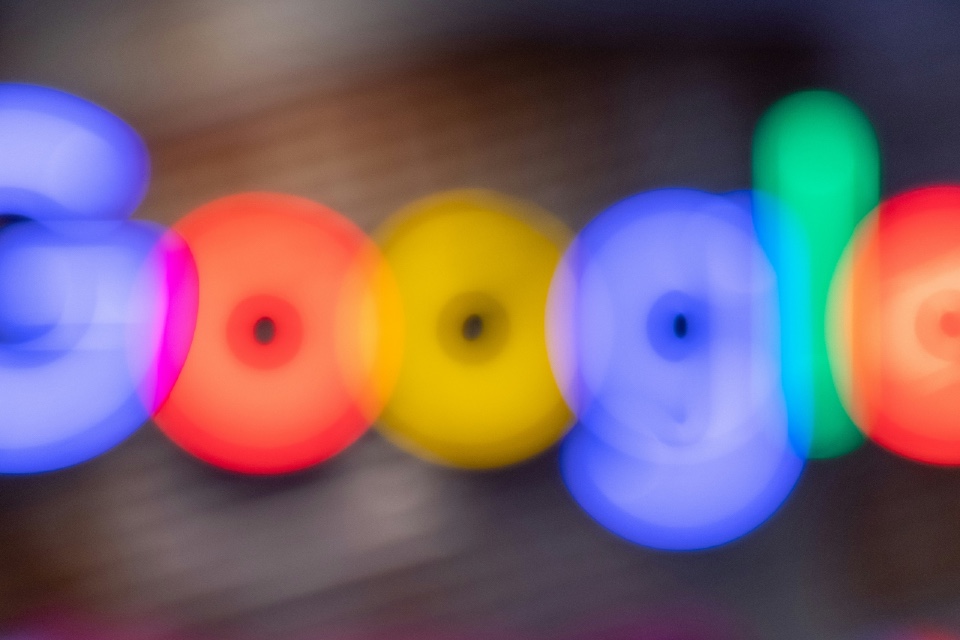With competition fiercer than ever in online retail, Google Shopping remains a vital sales channel for e-commerce professionals seeking visibility, clicks, and conversions. But simply having a presence is not enough. Winning the ‘Buy Box’, that top spot in search results, increasingly depends on the precision and quality of your product feed…
Product feeds are the backbone of Google Shopping campaigns. They must do more than list prices and SKUs, they need to communicate value, relevance, and trust to both Google’s algorithm and potential buyers. The most successful retailers are taking a strategic approach to product feed optimisation that’s both data-driven and dynamically maintained.
First, data structure matters more than ever. Google’s machine learning models favour clean, complete, and consistently updated feeds. That means using every available field to enrich listings: from accurate GTINs to detailed product types, colour and size variants, and material descriptions. Attributes like ‘age group’ and ‘gender’ can also improve targeting in certain verticals.
Retailers seeing top results are A/B testing product imagery, ensuring images are clean, uncluttered, and mobile-optimised. Some are even using AI-generated image enhancement to ensure visual consistency across large catalogues.
Pricing transparency plays a major role in winning the Buy Box. Google Shopping favours listings with competitive prices and clear shipping policies. Dynamic pricing tools, which adjust product pricing in real-time based on demand and competitor movements, are becoming standard for larger retailers and aggregators.
Ratings and reviews can’t be overlooked. Integrating Merchant Center-approved review feeds gives shoppers social proof and can increase click-through rates significantly. Google also considers merchant ratings as part of its quality score, so that’s now a crucial factor in campaign success.
Finally, successful teams in 2025 are adopting feed automation and monitoring platforms. These tools not only flag feed errors and data gaps but also dynamically adapt listings for seasonal trends, inventory changes, or regional demand shifts.
For retailers, optimising Google Shopping feeds means moving from a ‘set-and-forget’ mentality to continuous improvement. Feed hygiene, pricing agility, and enriched metadata are the keys to standing out, and staying ahead, in an increasingly crowded marketplace.
By winning the Buy Box consistently, brands can turn Google Shopping into a high-performing revenue engine that supports both acquisition and bottom-line growth.
Are you searching for Google Shopping solutions & expertise for your organisation? The eCommerce Forum can help!
Photo by Mitchell Luo on Unsplash







